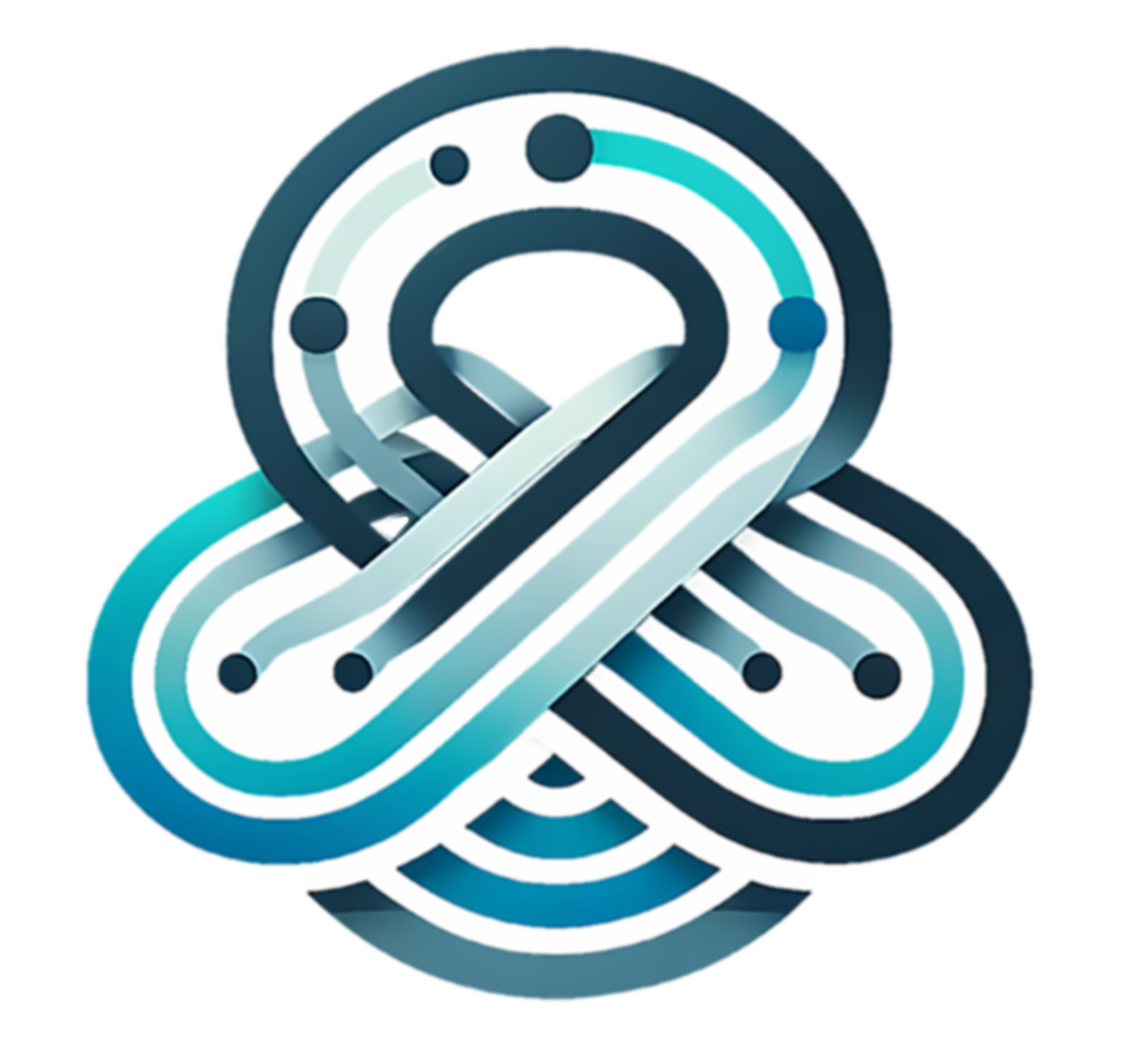Databraid API Overview
Welcome to the Databraid API documentation! Discover how to harness the power of Databraid in your own applications and workflows.
Introduction
The Databraid API enables developers to programmatically interact with the Databraid platform, offering a wide range of capabilities for creating, managing, and integrating Databraid functionalities. With this API, you can:
- Automate complex data processing tasks
- Extend Databraid’s capabilities to suit your needs
- Build custom solutions tailored to your specific requirements
Key Features
Explore the powerful features of the Databraid API:
-
Braid Management
- Create, retrieve, update, and delete braids programmatically
- Streamline deployment and maintenance of data processing pipelines
-
Node Interaction
- Retrieve node information and update configurations
- Execute node-specific actions for fine-grained control
-
Data Handling
- Ingest data into Databraid for processing
- Retrieve processed data for analysis or integration
-
Event Triggering
- Programmatically trigger events within braids
- Initiate actions, control flow, and synchronize with external systems
-
Monitoring and Logging
- Monitor braid status and performance
- Access logs, metrics, and diagnostic information
-
Security
- Implement secure authentication mechanisms
- Generate and manage API tokens for controlled access
-
External Integration
- Connect Databraid with external tools, databases, and APIs
- Enable seamless data exchange and extend functionality
Getting Started
Follow these steps to begin using the Databraid API:
-
Obtain API Credentials
- Create a Databraid account
- Generate an API token
-
Explore the Documentation
- Review available endpoints
- Understand request/response formats
- Learn about authentication requirements
-
Choose Your Tools
- Select your preferred programming language
- Pick an HTTP client library
-
Make Your First Request
- Start with a simple API call, like retrieving braid information
-
Dive Deeper
- Consult the API reference for detailed endpoint information
- Experiment with more complex operations
Next Steps
Ready to unlock the full potential of Databraid? Dive into our detailed documentation to learn more about specific endpoints, authentication methods, and best practices for using the Databraid API.
We’re continuously improving our API and documentation. Your feedback is valuable in helping us enhance the Databraid experience. If you have any questions or suggestions, please don’t hesitate to contact our support team.
